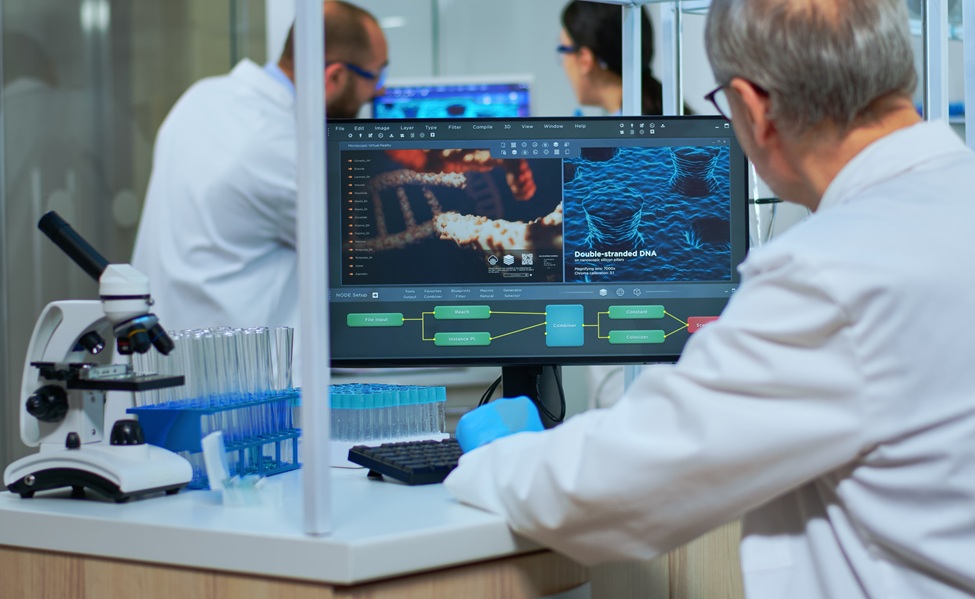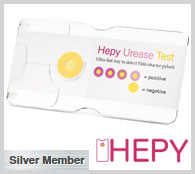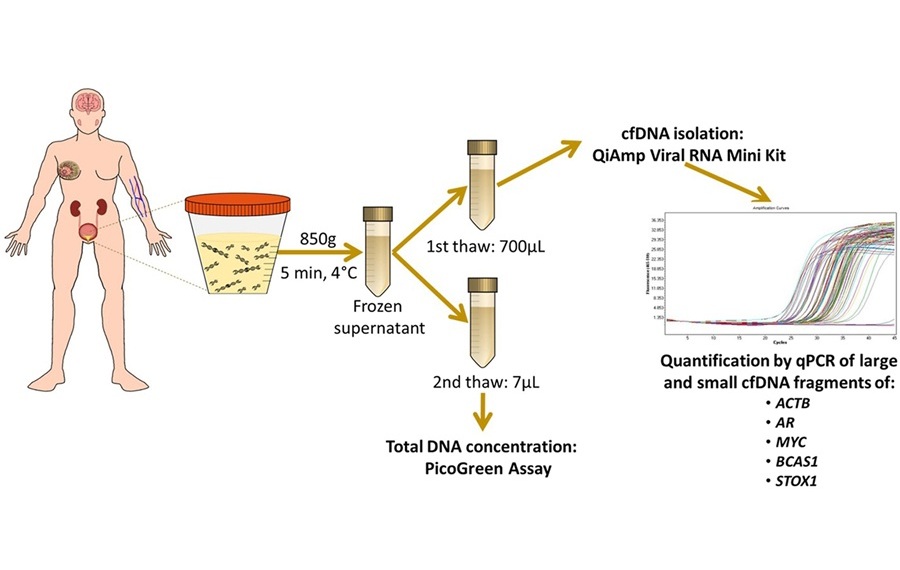New POC Biosensing Technology Improves Detection of Molecular Biomarkers
Posted on 17 Jun 2025
Traditional diagnostic procedures in medicine typically involve sending a patient’s blood or tissue samples to clinical laboratories, where trained scientists perform testing and data interpretation. In contrast, point-of-care diagnostics are conducted and produce results directly at the site of patient care, be it at home, in a clinic, or elsewhere. This approach enables rapid, cost-effective, and user-friendly tests that guide immediate medical decisions. Common examples already in everyday use include urine-based pregnancy tests, COVID-19 antigen kits, and glucose meters that help diabetes patients manage fluctuations in blood sugar throughout the day. Researchers are exploring innovative ways to implement such technologies within clinical environments, such as during visits to oncologists or oral surgeons. Doing so could reduce the logistical and financial strain on patients while enhancing physicians' ability to make timely, informed decisions. Researchers are now a step closer to realizing this goal through the integration of machine learning-based analysis into point-of-care biosensing platforms.
Researchers at the Carl R. Woese Institute for Genomic Biology (Urbana, IL, USA) have developed a new approach called LOCA-PRAM that simplifies biomarker detection by removing the need for skilled professionals to analyze the resulting images. This development builds upon the team’s earlier work introducing Photonic Resonator Absorption Microscopy, or PRAM—a biosensing technique capable of identifying individual biomarker molecules, such as nucleic acids, antigens, and antibodies. In contrast to conventional methods, which measure signals from large groups of molecules, PRAM offers the sensitivity to detect and analyze single molecules.

PRAM images appear as a red field dotted with black specks. Though visually straightforward, determining which specks represent AuNP-tagged biomarker molecules requires expert analysis. To make this method suitable for point-of-care settings, the researchers proposed incorporating machine learning into the image analysis. Unlike other biosensing methods that primarily detect optical signals, PRAM produces microscope images, making it well-suited for deep learning applications. To ensure high-quality data for algorithm training, the team imaged identical samples using both PRAM and scanning electron microscopy.
The AuNPs—nanoparticles roughly 1,000 times thinner than a strand of hair—appear as tiny black spots in PRAM images but are more distinctly visible under electron microscopy. Through a labor-intensive process, the researchers meticulously cross-referenced every black spot seen in the PRAM images with the corresponding features in the electron microscope images to create an accurate training dataset for the machine learning model. This resulted in a deep learning-enhanced method known as Localization with Context Awareness, integrated with PRAM. This combined platform delivers precise, real-time molecular biomarker detection without requiring the intervention of a technical specialist. When evaluated, the findings published in Biosensors and Bioelectronics showed that LOCA-PRAM outperformed standard techniques by identifying lower concentrations of biomarkers and reducing the likelihood of false positives and negatives.
“Current technologies require patients to visit hospitals to get diagnostics which takes time. A lot of people also have barriers where more appointments may not be financially or spatially feasible,” said Han Lee, first author of the study and a graduate student in the Nanosensors research group. “I think that we can make a difference by developing more point-of-care technologies that are available for people.”














